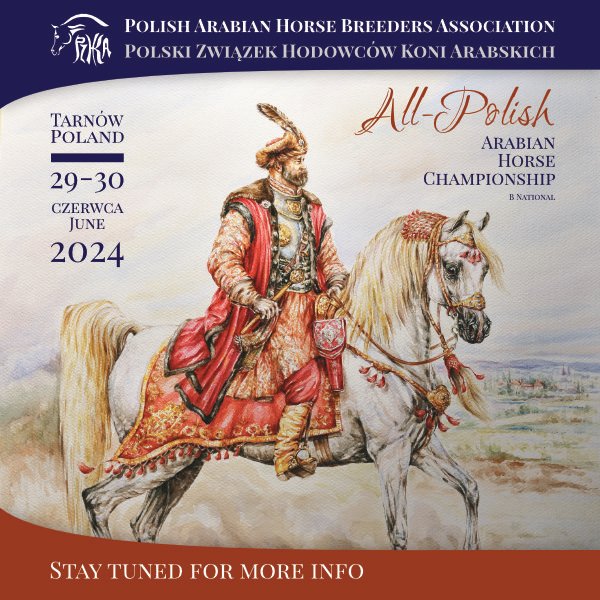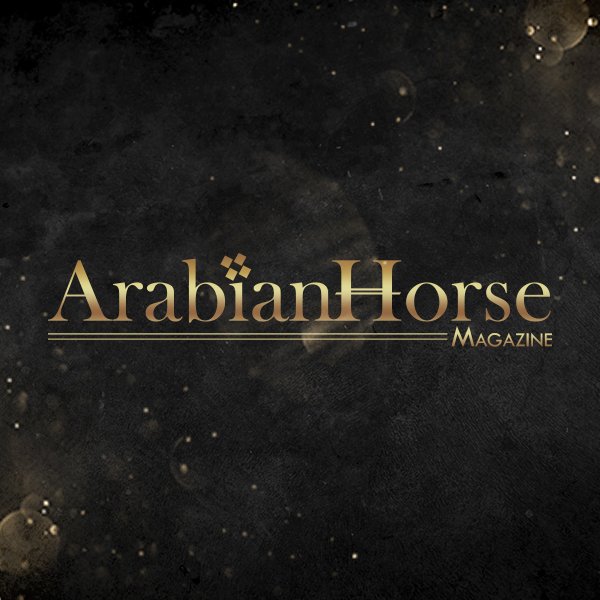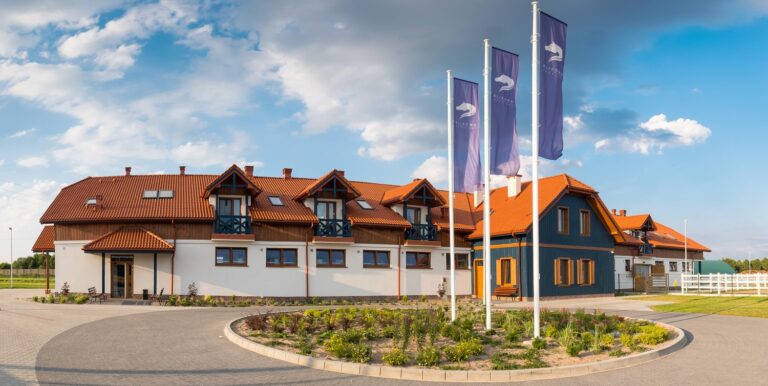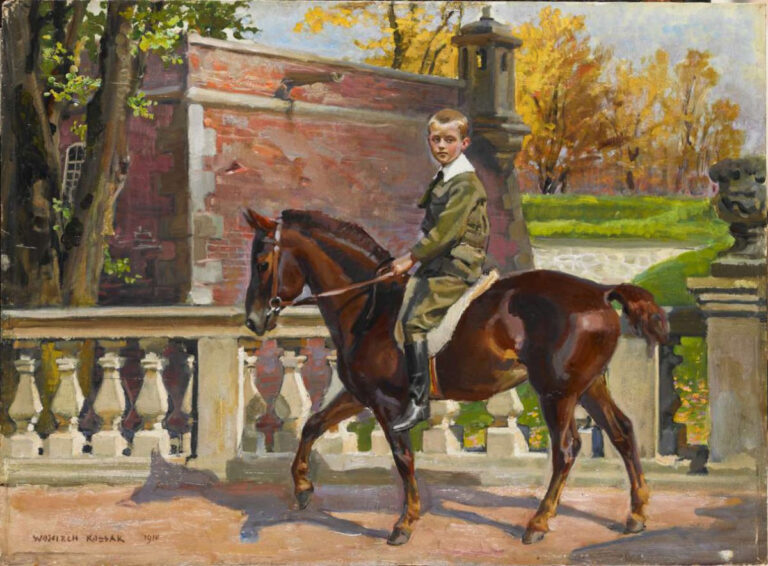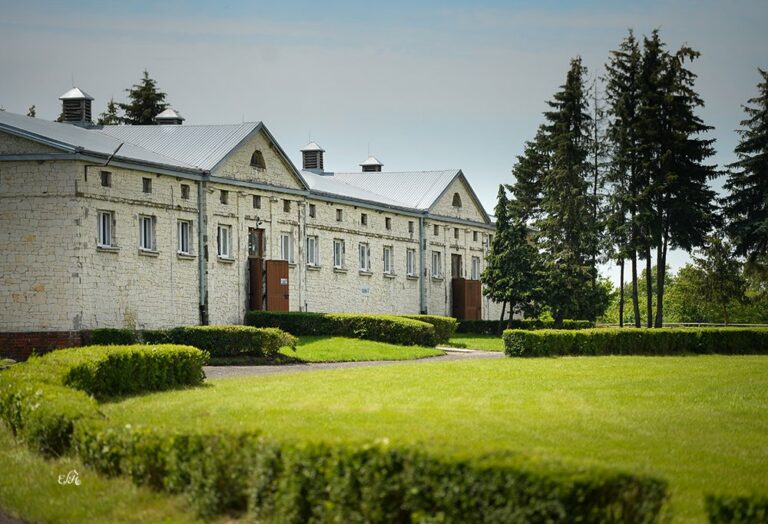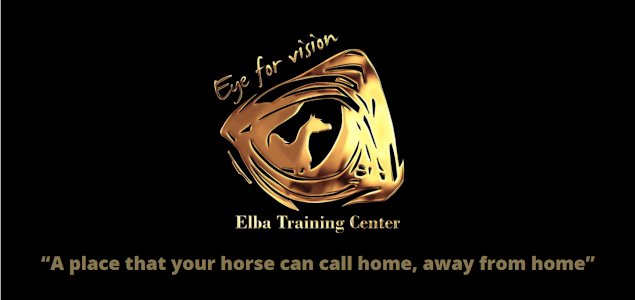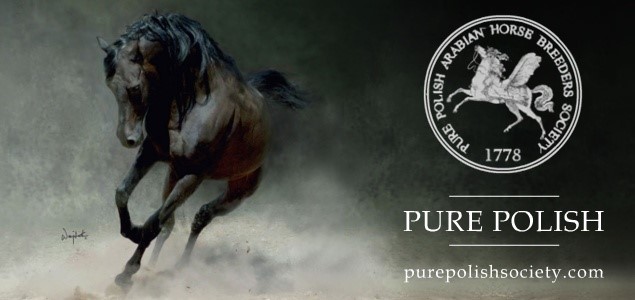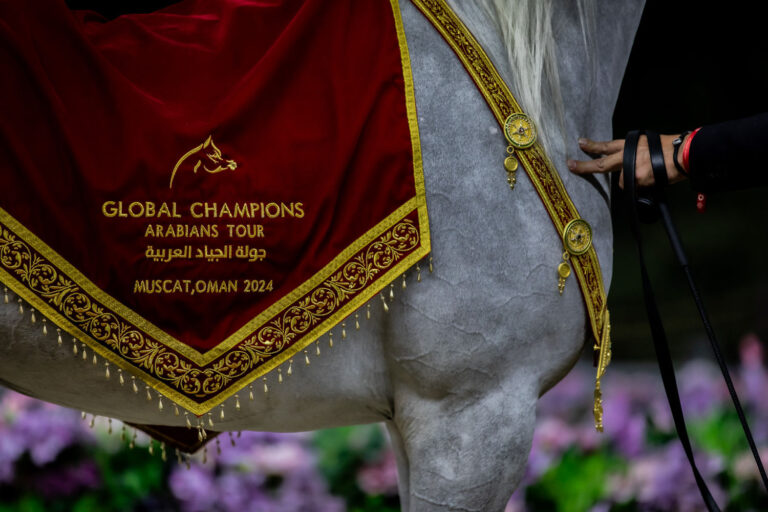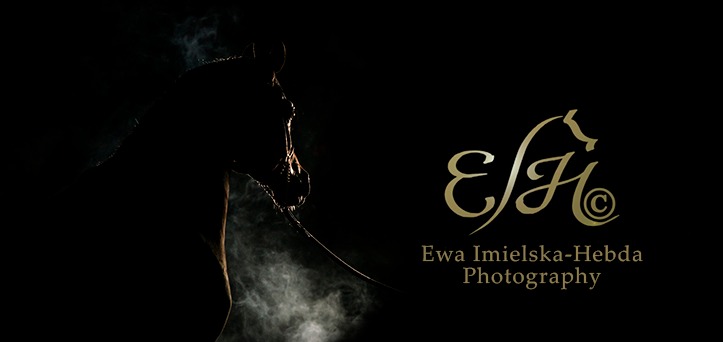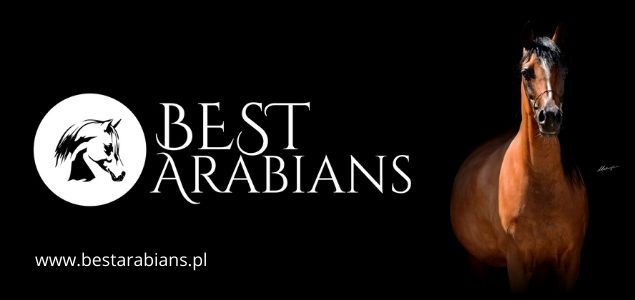
As early as in 1570 the chief groom of King Sisigmund August – Adam Miciński – wrote about “breeding the Arabian lines” in his book. Unfortunately there are no details about the breeding and after the King’s death the stud was diffused. In XVII-XVIII centuries the pure bred horses were captured in local wars with Turks and later – bought from tradesmens. Those horses were used to refining local breeds called “Polish”. The first mention about the Pure bred Arabian horse stud comes from the year 1778 – the stud was established in Biała Cerkiew by Count Ksawery Branicki. Nearly after that the second stud was recognized – in Sławuta owned by Counts Sanguszko – in 1803 their chief groom – Kajetan Burski imported 5 desert bred sires. The first century of Polish Arabian breeding history (1778-1831) characterized by large number of Middle East imports. Usually the male lines were not cultivated – most of them faded after 2-3 generations as Polish breeders didn’t trust in their sires. The only exception was Bairactar db. imported in 1817 to Weil Stud by Emir Rzewuski. The first 5 generations of this sire was born in Weil, this sire line was introduced in Poland in XXth century with Amurath II sire.

The next three decades were not different. Amongst the large number of imported sires just a few male lines were established and only two survived – outside Poland (TABLE 1). The theory that „to have the horses of exceptional beauty there should be at least few desert bred sires at stud” was very popular. In 1836 Count Wacław Branicki bought the sire Wernet db. from Russia to his stud in Biała Cerkiew. Wernet established huge and valuable line in Uzin and Szamrajówka Studs. This sire line still exists in Spain thanks to Van Dyck (born 1898) – the Wernet’s great grandson – bought in 1908 from Uzin to Jerez de la Frontera.
In 1913 the group of pure bred Arabians from Biała Cerkiew Stud was awarded with golden medal at the agricultural exhibition in Kiev – this group was mostly of Wernet’s descendants. Unfortunately the Bolshevik Revolution destroyed this population completely. Famous was the transaction of buying Bagdad db. by Count Juliusz Dzieduszycki from the tradesman called Gliocco in 1840. The count „gave the full money-belt of golden ducats, 4 horses, the carriage, the silver whip and came to Jarczowce on Bagdad’s back”. Unfortunately Bagdad’s line was continued only in Babolna by his son – Pielgrzym, exported in 1863. The stallion Abu Cheil db. imported in 1845 together with famous mares Gazella, Mlecha nad Sahara by Count Dzieduszycki – was sold to Slawuta where his sire line were recognized. The line lasted till 1889. The sire Azet db. imported together with the group mentioned has the great influence to Lippizaner breed.

Stallion Seglavi Ardżebi db. imported in 1858 to Sławuta established the line that lasted till 1908. Rymnik (born 1876) – the sire of Jaskółka (dam of famous: Skowronek, Parad and Bakszysz) belonged to this line. In 1862 Count Roman Sanguszko decided to import the mare Gessur db. being in foal – her son Jamri (born 1863) recognized the sire line existing until the half of XX century. The Derby winner Hardy (born 1926) and his son – Omar II belonged to Jamri’s line. The Jamris’ son’s – Cyprian–line was the beginning for the Strelecki’ breed in Russia. However the continuous import of desert bred stallions to Sławuta added the exotic style to the stud – at the end of XIX century the horses began to be degenerated due to the weak quality stallions bought from the tradesmens as the valuable horse’s purchase was more and more hard at the Middle East.

This problems with importing the stallions of high quality caused the wide using of well known stallions imported from Middle East. Many lines established between 1864-1914 by such sires are active also nowadays. Those sires were: Krzyżyk db. (imp.1876 to Jarczowce), Ilderim db. (imp.1901 to Sławuta) or Ibrahim db. (imp.1907 to Antoniny). The stallions bred in Poland – sons of imported sires were more appreciated those times.
In the years 1864-1914 it were 12 different male lines established in Poland – tracing to the sires imported from the desert. Unfortunately most of them didn’t survive and were active only for few generations (TABLE 2). Of course the main reason of this was first world’s war and the Ryski’s Treaty that demarcated the border lines of independent Poland. Eastern Polish Studs were completely destroyed during Bolshevik Revolution and civil war.

In independent Poland besides the State Stud reactivated (1919) in Janów Podlaski there were 58 private Arabian horse studs (1-16 broodmares each). Each breeder was using his own breeding program (TABLE 3). After first world’s war there was only one import from the Middle East – in 1931. Bogdan Ziętarski – the chief groom of Count Roman Sanguszko bought a few stallions for the stud in Gumniska (the biggest Polish stud those days). The horses were: Kuhailan Haifi db. born 1923, Kuhailan Kruszan db. born 1927 and the yearlings: Kuhailan Afas db. born 1930, Kuhailan Ajouz db. born 1930, and for Babolna Stud (Hungary) – Kuhailan Zaid db. born 1928. The sire lines existing in Poland nowadays are: Kuhailan Haifi’s and Kuhailan Afas’ but the continuators of these lines weren’t out of Gumniska’s mares but out of mares sent to be bred to the desert sires from the other studs. The best foals by Kuhailan Haifi db. were born at Janów Podlaski – amongst of all it were: Ofir born 1933 (out of Dziwa). The only one continuator of Kuhailan Afas db. line was Bad Afas (out of Bad – imported from France) born 1940, bred by Mr.Roman Kraiński in the small stud Zabawa.

Kuhailan Ajouz sired only three foals and didn’t establish the bloodline. Kuhailan Kruszan was used widely in Gumniska and sired many good racers. Two of his sons were continuing the line – Bard born 1939 (out of Derby winner – Rutbah) who sired Derby winner Babilon (born 1945 out of Jaffa), and Rozdźwięk born 1935 (out of valuable Janów Podlaski-bred Kewa of Szamrajówka dam line) – that sired brave stallion Gadir (born 1944 out of Akre). His career was broken by second world’s war and after the war horses of French type were not accepted in Polish breeding program.
Kuhailan Zaid db. line was active in Poland through Kuhailan Abu Urkub (born 1935), that was changed with Babolna and placed in Gumniska. Kuhailan Abu Urkub was lost during the second world’s war in 1945 but his line was still alive until 1970 years. The conclusion is that Gumniska Stud was continuing the Sanguszko’s tradition of importing the sires. Apart from the desert bred sires Bogdan Ziętarski wanted to improve the racing program of breeding by importing the group of mares and stallions from France in 1929. Gumniska Stud used the stallions Kartoum and Nedjari and two Nedjari’s sons – Brabant (born 1939 out of Djeballa) and Urok (born 1935 out of Jerychonka). None of them established the active line and it’s hard to know if the reasons were only the second world’s war and Gumniska Stud destroying in 1945 or the Ministry of Agriculture’s decision of limiting the number of starts for French-related Arabian horses in the biggest horse races in Poland.
Janów Podlaski State Stud took more care of the dam lines than the sires’. Stanisław Pohoski – the deputy manager (later – the manager) appreciated the Jarczowce’ lines the most (those out of Gazella and Sahara db.) but didn’t take care of those from Antoniny’ lines (established by Kalina and Elstera mares). He also didn’t take much care of sire lines. He used many stallions of different features – depending on the needs. Contrary to Gumniska Stud the stallions used in Janów were mostly Polish-bred and since 1932 – Janów-bred. And they were various – from beautiful ones (Fetysz of Ilderim db. line, Enwer Bey out of Krzyżyk db.line and Ofir of Kuhailan Haifi db.), through good race horses (Derby winners: Flisak of Ilderim db. line, Hardy of Gessur db. line and Kaszmir representing Krzyżyk db.). Those mentioned at the end were used to compete with Gumniska-bred progeny of French-related sires. They didn’t know yet that the racing abilities are low-inherited in Arabian horse breed. If the Arabian stallion is only brave one but not beautiful – it’s highly possible that his progeny will neither be brave nor beauty. It was the case of Hardy’s and Kaszmir’s progeny.
Polish private breeders who had less number of broodmares sent them usually to Gumniska or Janów Podlaski for breeding. Some of them owed the stallions bought at the other studs, imported somehow or bred by themselves. Unfortunately none of these stallions established the line – probably due to the war’ disasters. The only exception was Amurath Sahib born 1932 at Breniów by imported from Radowce Stud 35 Amurath II sire (born 1907). Amurath Sahib was the one who introduced Bairactar db.line in Poland.

The first years after second world’s war was the rebuilding the Arabian horse breeding in Poland. The Polish State Studs Department was established and it was revindicating the horses from Germany. Thanks to it’s activity the Bairactar db. (through Amurath Sahib), Kuhailan Haifi db. (through Witraż and Wielki Szlem), Ilderim db. (through Janów-bred Miecznik) Kuhailan Zaid db. (through Gumniska’s sire Grand) and Koheilan Adjuze db. (through Janów-bred Werset) as well as Kuhailan Afas db. (through Slovakian Bad Afas) lines were reintroduced in Poland. Those stallions were used in 1946-1947 years at State Studs in Klemensów, Albigowa and Nowy Dwór.
The main organizer of the mentioned studs was dr Edward Skorkowski – propagator of breeding Arabian horses in different types called kuhailan and saklawi. Basing on the skulls measures he divided the Polish sire and dam lines into these two types. In Nowy Dwór and Albigowa the kuhailan type horses were placed and in Klemensów – saklawi. In 1950 by the edict of communist President of People’s Republic of Poland – Bolesław Bierut the whole Polish Arabian horse breeding was put under State control. The State stud’s managers concentrated at breeding such a types of Arabian horses that could be accepted by communistic ideology of breeding only the “working” horses.
That is why the chances were given to the strong, well built sires as Amurath Sahib, Rozmaryn or Grand. After the first failing of communism in Poland in October 1956 the chances to export the horses to the Western Europe and America appeared. While on the West the show horses were preferred – the Ibrahim db. line (through Tiersk-bred Nabor imported in 1956 and then his sire – Negatiw imported in 1963) came back to Poland. Since then the saklawi lines were the type favored also by Polish Arabian horse breeders, higher scored at Polish shows as well.
%alttext% The end of communism in 1989 in Poland was the era of Arabian horse breeding committed to international economy. During the 11 years (1991-2002) the number of Arabian horses owed by private breeders raised from 10% to 65%. The danger of disappearing of breeding within the sire lines appeared. To avoid this situation in 2001 the special commission of Polish Arabian Horse Breeders Society was recognized. The commission members were: Izabella Pawelec-Zawadzka (Polish Arabian Horse Breeders Society President), Proffesor Marian Budzyński and Professor Krystyna Chmiel. The Program includes the rules of continuing the male and female lines. The rules would be abided mostly by Polish State Studs. There are 7 sire lines and 15 dam lines existing in Polish breeding currently (with Koheilan Adjuze db. line being reintroduced). It is the minimum that should be preserved to keep the Polish Arabian horses’ genetic variety. Of course it doesn’t exclude using the new dam or sire lines in Poland.


